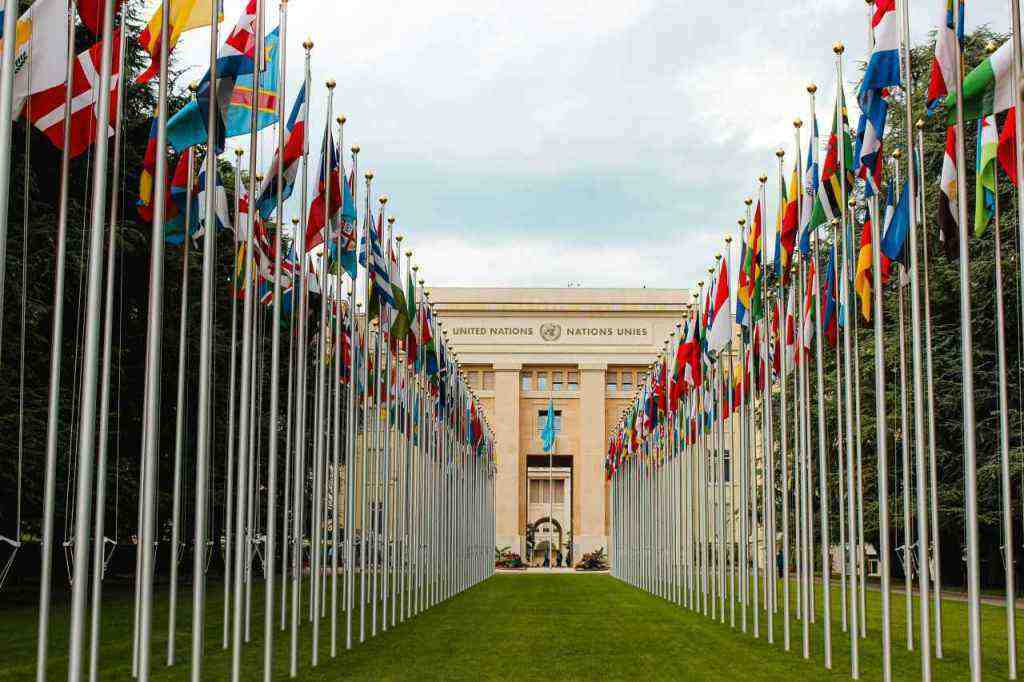Defiance and Adaptation: Russia’s Economic Resilience Amid Western Sanctions
As the second anniversary of Russia’s invasion of Ukraine approaches, the nation’s economic resilience under the weight of international sanctions has emerged as a significant talking point. President Vladimir Putin revels in Russia’s resistance, but the outlook beyond the immediate horizon is far from rosy. This in-depth analysis delves into the intricate web of Russia’s economic adaptation, the challenges it faces, and the long-term implications of sanctions.
The Illusion of Resilience
Despite sanctions targeting various sectors of the Russian economy, the nation’s state coffers continue to swell, thanks to oil and diamond exports, robust military production, and access to international finance for many banks. However, this resilience is superficial, as the war distorts the economy, diverting resources into unsustainable military production.
The Distortion of the Economy
The relentless pursuit of military production is diverting resources from vital civilian industries, hindering long-term growth prospects. As a result, unemployment is at record lows, and inflation is rising, prompting the central bank to raise interest rates aggressively. This, coupled with labor shortages and a skills crisis, is further distorting the economy, leading to problems like the infamous “great egg shortage.”
The Reliance on China
Russia’s growing reliance on China for technology and as a customer for its energy exports introduces a new layer of vulnerability. While Putin sees this as a blossoming partnership, it remains to be seen if Beijing will continue to support Russia if it jeopardizes its access to Western markets.
The Long-Term Impact of Sanctions
Sanctions are designed to inflict long-term pain on Russia’s economy by restricting foreign direct investment, hindering technological development, and limiting access to advanced technology and components. The International Energy Agency predicts a 40-50% decline in Russian oil and gas exports over the next seven years, exacerbating economic distortions.
The Human Cost
The war in Ukraine has exacted a heavy human toll on Russia, resulting in a chronic skills shortage and a brain drain of young professionals. This, combined with labor shortages caused by the war, is further undermining productivity and economic growth.
Ukraine’s Struggle and Hopes
Despite Russia’s advantages in terms of resources and military might, Ukraine’s ability to fight the Kremlin’s war machine to a standstill hinges on the continued flow of Western technology. The hope is that Russia’s economic fault lines will worsen faster than anticipated, leading to a potential turning point in the conflict.
Conclusion
While Russia has managed to adapt to sanctions in the short term, the long-term outlook is far less promising. The war is distorting the economy, diverting resources into military production at an unsustainable pace. Sanctions are gnawing away at Moscow’s capabilities, and their impact will intensify over time. However, Ukraine’s struggle continues, and the hope remains that Russia’s economic fault lines will worsen, potentially altering the course of the conflict.
